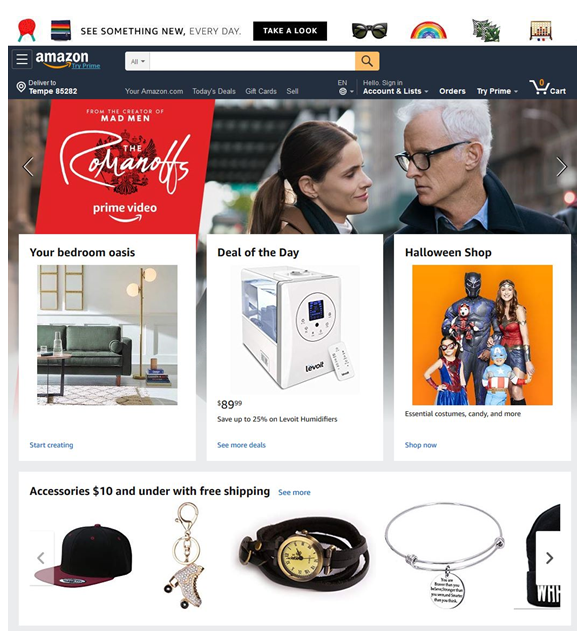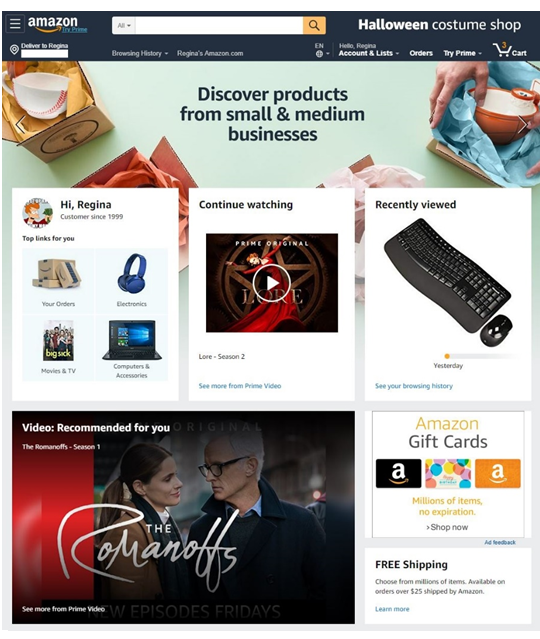March 27, 2024 | Digital Strategy |
Lead generation has been and continues to be a key pain point for most marketers.
It’s not just getting leads that’s the challenge, it’s also making sure that these leads are of a high quality, meaning that the decision-maker they want to speak to is within the current department, the current position, or current industry.
Our buiness tech and market research brand, BeTechly conducted a benchmark study among buiness executives regarding lead generation and nurturing tactics, in effort to learn more about the relationship between sales and marketing departments and how they approach leads. One question pertained to the challenges that marketing and sales executives both face; unsurprisingly, difficulty finding new leads and quality leads were both high responses.

As finding and getting quality leads has been a challenge for marketers, it’s not surprising that leads from your resources is equally important. One resource in your arsenal is your business website; however getting leads to funnel in from your site is more than just sticking a “click here” button on your homepage.
For several years now, business owners have been hearing about optimization and how it can impact getting more views, ranking higher in search, etc. But optimization doesn’t just do that, it can also help in gaining leads. But how? How does optimizing a website help in lead generation?
Optimization = Better Leads
You know how optimization works – visitors come to your website, they then click on a call to action button or popup, which leads them to a landing page where they leave their contact information. After filling out the form, they’re directed to a thank you page. That’s the basics of optimization leading to lead generation on your website.
But if your website is providing leads, why would you need to further optimizing your site? Going back to the above, finding and getting quality leads is the name of the game, not just leads in general. It’s not enough to just get a lead, you want one that gets converted into an actual customer. For better strategies in using optimization for lead generation, you should first take stock of what your current lead gen activities are doing.
In this case, you want to focus on the pages where you’re getting the most traffic and where those visitors are coming from. This could be from email marketing or social media and these visitors could be heading to your blog section, for instance. Once you know where visitors are coming from and where they head, you can optimize those pages with forms.
Website Strategy #1 – Form optimization
Here’s an example – let’s say that a good majority of your visitors come from your LinkedIn business page and they mostly head to your blog section or perhaps a particular blog post has become very popular. This is a great place to put a form on; if your blog post is about solving a certain challenge or pain point for a business, you’ll definitely want to get the names of those visitors who keep reading that blog post.
It means they’re looking for help or doing research on this particular topic.
Don’t forget to also measure the results from this type of optimization to see if it’s working for you. This lets you see which pages – or blogs – do better than others. Maybe more visitors come to a particular page during a particular time of year (such as the summer or during the holidays) or they’re migrating to a particular blog post after a big event (like a security blog about data breaches after a major corporation suffers a data breach).
Optimizing your homepage can be as simple as adding a call to action statement banner or button. But don’t go overboard by leading your site visitors to a winding or complex form or landing page. More and more consumers want their browsing experience to be as non-invasive as possible, which is why ad blockers have grown in popularity.
Website Strategy #2 – Basic CTA optimization
A basic call to action, or CTA, is all you need to get a lead into the first pass of your funnel. When IT buyers are doing research, they might not be ready to start the purchasing process; they just want to have a look around, possibly compare your solution to another vendor, or just see what you have to offer. There is one important factor here:
Let them.
If your site is too aggressive about trying to get them to buy something or sign up for a package, that will most likely turn them away from ever visiting your site again. Instead, add a simple button or link that lets them subscribe to get updates on products or services; these visitors want to know more about your company and what you provide. Email newsletters might be in the backseat compared to social media, but many buyers enjoy getting this type of content, as it gives them an idea about what’s being updated or if a new product has come out.
Another CTA to consider is the free trial. Free trials and demos are a great ways to generate demand and interest for your product because they give potential customers the ability to try your solution to see whether it will work in their environment.
The important thing for both of these types of CTAs is the follow up – these visitors have decided to give your company a chance, so the last thing you should do is ignore them once they’ve expressed an interest. For those signed up for updates, follow up to see where their interest lies or what pain point they’re having and trying to solve. For those who took part in the free trial, when the trial is over, be sure to find out what they thought of the software and if it met all their expectations.
Speaking of newsletters, don’t forget that content is a great way for lead generation.
Website Strategy #3 – Ebook Downloads
Tying in with strategy number two, putting a CTA or form on one of your blog posts can also start the lead gen process. For instance, let’s say your organization deals in cybersecurity or security solutions. Earlier, we gave an example of a particular data breach blog becoming popular after a recent data breach happens at a major corporation. Well, if your organization happens to have an ebook about how companies can protect themselves, this is a perfect blog post to place a CTA to download that ebook.
You can also place download buttons on other relevant blogs, especially those that see a lot of traffic. This not only allows for visitors to learn more about trends in this area, but they also learn about your services, and you’ve gotten potential leads that are interested in an area of your expertise.
A growing trend right now is chatbots, those chat services that allow for users to get quick information or get their questions answered quickly. This isn’t to be confused with live chats, as chatbots are automated responses, usually supplying quick fix answers to frequently asked questions.
Website Strategy #4 – Live Chat
Live chat is actually becoming a leading AI tool for businesses, with 42% of customers preferring it over any other channel. In our digital landscape, customers want to speak in real time with a real person, but want to do it online. Live chats actually go deeper than chatbots, as these are usually responses from live representatives of the company that can dive deeper into customer questions with more in depth answers.
This goes along with the growth of customers using social media to contact businesses when they have an issue. A study by FurstPerson discovered that nearly 77% of customers will not make a purchase on a website if there isn’t a live chat option.
Another trend to consider is personalization, the ability to address customers by name and to know their interests when they come to the website. An example of this is Amazon; when customers are signed in, they’re able to see recommended items or their past searches right on the homepage. More on this below.
Website Strategy #5 – Personalization
Personalization, through the use of dynamic content, allows websites to display personalized messages to visitors when they return. How does it work? Let’s look at Amazon again.
When you aren’t signed in, you’ll see something like this:

When you have signed in to Amazon, you’ll see something like this:

As you can see from the above, the homepage for Amazon is different depending on whether or not you’re signed in. For your visitors, allowing your site to remember them when they return means that your company actually cares about their preferences.
These are just a few ways in which to optimize your site for better lead generation methods that will help further your marketing success with customers. If you're interesting in updating your website or need support with any of your marketing plans, contact our team today.
Tell us your interests and preferred contact method below. Our team will reach out within 1-2 business days.